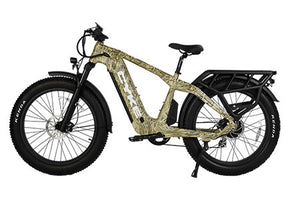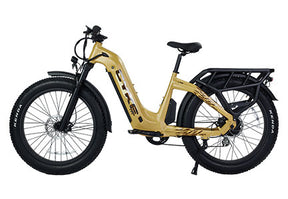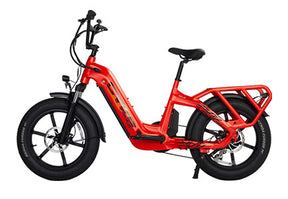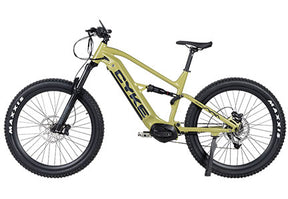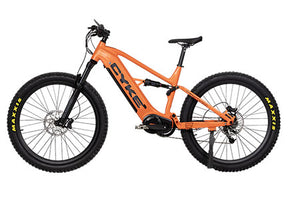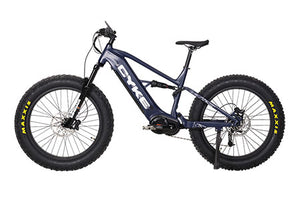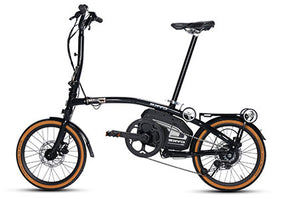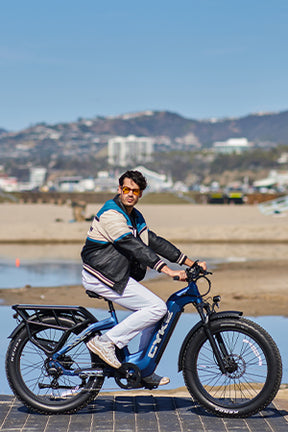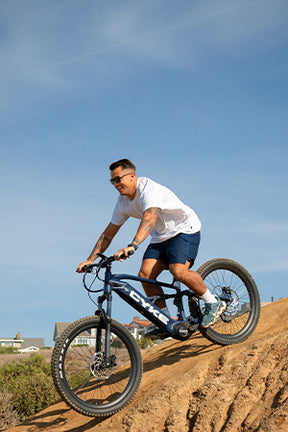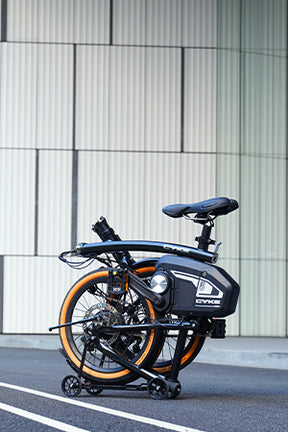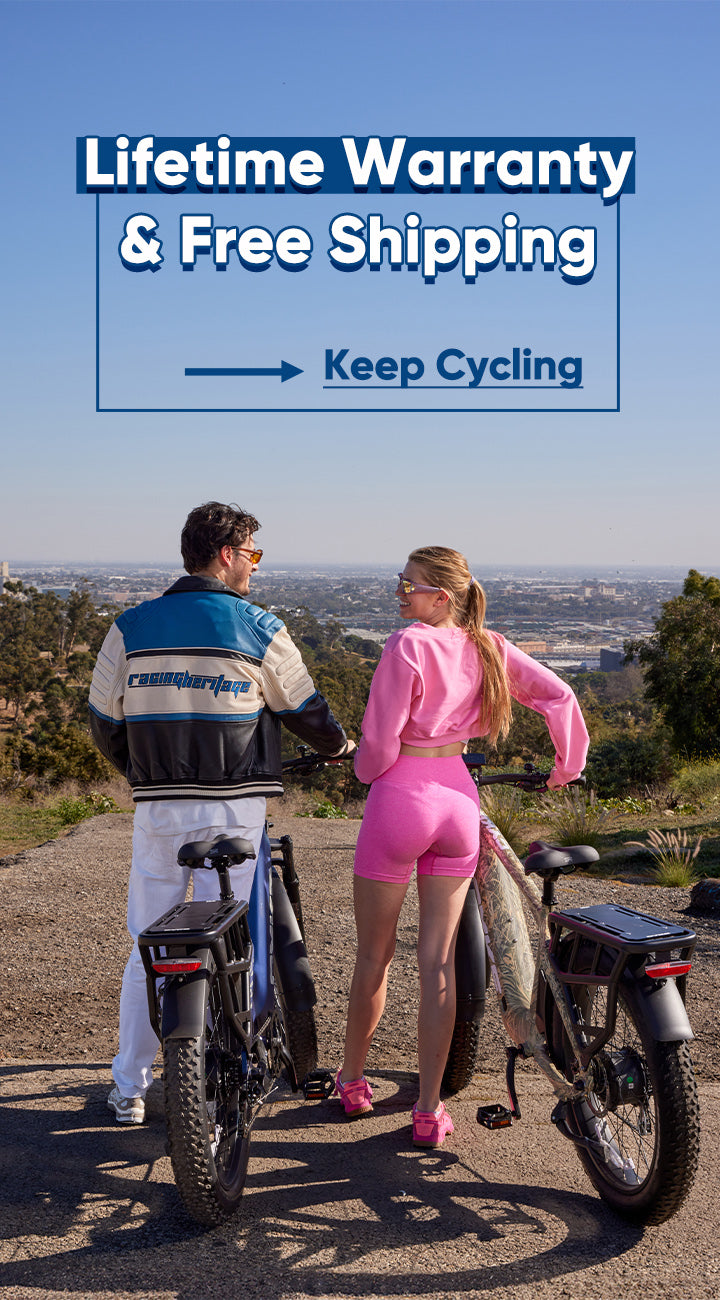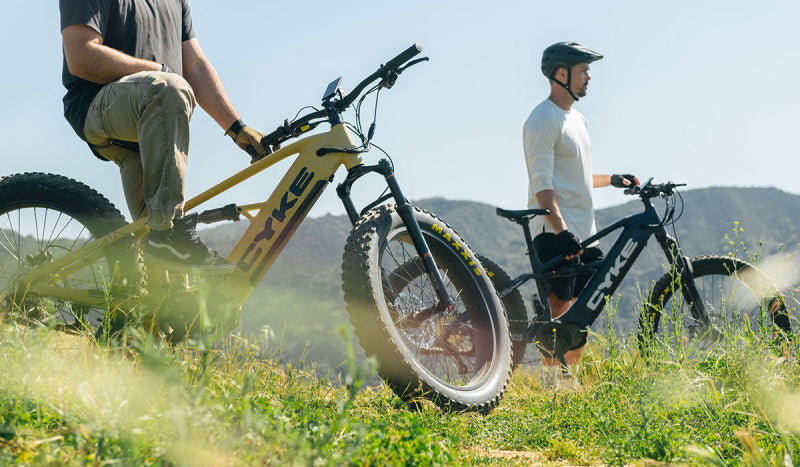Featured in this posts
What Determines the Cruising Ability of A Long-Range Ebike
Introduction
Recently, the appeal of long-range ebike has increased dramatically, and now it catches the fancy of bikers in need of longer trips and efficient urban commutes. As the demand for greener means of transport increases, so does the need for long-range ebike for commuter, there is a need to comprehend what actually determines a good cruising ability for such innovative machines. This valuable information will guide you in demystifying the most critical factors that make these bicycles ideal for long rides or city dwellers who want to move efficiently within urban areas and beyond. We thus set off to discover what key components determine the cruising capacity of long-range ebike. By understanding how these e-wonders enable longer rides and faster commuting around towns; by looking at its detailed features that enhance cruising pleasure, we can expertly navigate through any terrains on electric bikes with distance. We want to take you through the blend between technological advancement, sustainability and that unique feeling one gets when riding along on any long-range ebike ever made. If you love cycling or are just new to the electric-powered mobility field then this book shall act as your guiding star towards a wise decision-making process and thrilling escapades together with a two-wheeler’s journey.
Understanding Long-Range Ebikes
Long-range ebikes, also known as long-range electric bikes, are revolutionizing the way people commute and explore their surroundings. These innovative bicycles are not just about getting from point A to point B; they represent a shift towards sustainable and efficient transportation solutions. Unlike traditional bicycles or standard electric bikes, long-range ebikes are equipped with advanced technology and features designed to extend their cruising capabilities.
At the core of a long-range ebike is its ability to travel greater distances on a single charge. This is made possible by the integration of high-capacity batteries that store more energy, allowing riders to cover longer distances without worrying about running out of power. These batteries are often lithium-ion, known for their high energy density and durability, ensuring reliability and longevity for extended journeys. Together with a powerful motor that provide necessary assist, saving riders from endless pedaling, further adventure is no longer a dream.
Factors Influencing Cruising Ability of Long-Range Ebikes
Battery Capacity
For long-range ebike for commuter, and electric bikes to cover long distances, the battery capacity is of utmost importance as it determines their endurance and dependability. Lithium-ion batteries are commonly used in these bikes for they have a high energy density, lightweight construction and can last long after many cycles.
Obviously, batteries with higher capacities have the ability to store more power meaning that one can go longer distances while using just a single charge. Therefore, the battery capacity for long-range e-bikes ranges from 700Wh to over 1000Wh ensuring riders can now explore more terrains with fewer worries of running out of power. Besides, some adopt advanced battery management systems that actively balance cells, prevent overcharging and discharging, and manage thermal conditions to enhance reliability and lifespan. These all affect the battery performance thus to influence the cruising ability of long-range ebikes, therefore, its’ important to take them into consideration while picking an ebike.
Motor Efficiency and Power
Motor efficiency and power are crucial factors that significantly impact the performance and riding experience of long-range ebikes. Long-range ebikes are equipped with powerful motors designed to provide smooth acceleration and sustained speeds over various terrains. Because these high-efficiency motors optimize energy usage, allowing cyclists to maximize the range of their ebikes while maintaining consistent performance. Besides, long-range ebikes typically feature motors with higher torque outputs, enabling riders to conquer hills and headwinds with ease. By harnessing the power of advanced motor technology, cyclists can enjoy enhanced cruising capabilities and exiting rides without compromising efficiency and speed.
Weight and Aerodynamics
The weight and aerodynamics of an ebike play a significant role in its cruising ability. Long-range ebikes are designed to balance weight distribution and minimize air resistance, allowing for efficient energy utilization during rides. Moreover, their lightweight frames and components contribute to improved maneuverability and energy efficiency, while aerodynamic features such as streamlined shapes and integrated design elements reduce drag and enhance speed. By optimizing weight and aerodynamics, manufacturers can maximize the range of long-range ebikes for cruising.
Terrain and Riding Conditions
The terrain and riding conditions also impact the cruising ability of a long-range ebike. While long-range electric bikes excel on flat terrain and smooth roads, they are also capable of handling moderate inclines and uneven surfaces. Whether in casual rides or professional riding, riders may experience variations in battery consumption and performance based on factors such as elevation changes, surface roughness, and wind conditions, while long-range ebikes are designed to adapt to diverse environments, ensuring reliable performance and extended range across various terrain types.
Long-Range Ebikes vs Regular Ebikes
Efficiency and Range Comparison
Long-distance ebikes are equipped with lithium-ion batteries which contain a larger capacity as compared to ordinary ones. These latest battery systems have more energy density and efficiency, hence allowing for longer distances on one charge. Besides, the long battery life together with the powerful motor output of long-range ebikes makes it possible to have a longer duration and more assist power while going to work or taking weekend trips. Additionally, some use smart battery management systems that allow for the efficient use of power thus extending the lifespan of batteries in these ebikes.
Practicality and Comfort
When considering need for commuting, long-range ebike gives importance to practicability and comfort.
Some have adjustable saddle heights, handlebar configurations and suspension systems so that the rider can adjust these for his/her own comfort as well as control, thus ensuring their electric bikes fit them well and they can ride them on different terrains.
On the other hand, commuting experiences are improved on long-range ebikes due to factors like storage choices, a design that is ergonomic and connectivity. For instance, ergonomically built frames and soft saddles guarantee comfort during extended voyages; the preset fenders keep the ebike away from the dirt; the headlight lights up the way in front; the rear rack allows huge cargo-carrying ability, all of these contribute to enhancing the comfort of the entire cycling experience.
Conclusion
To conclude, the cruising ability of a long-range e-bike depends on different factors such as battery capacity, motor efficiency, weight, aerodynamics, terrain and riding conditions. However, long-range ebikes still have better range and efficiency than regular e-bikes hence good for commuting and long trips. By focusing more on practicality, comfortable, convenience and ecology-conscious, cyclists would be in a position to appreciate the invention of long-range electric bicycles into their everyday commutes or adventures around new places. You can get the best long-range ebikes at CYKE Bikes for your needs to prepare for your next trip with peace of mind.
